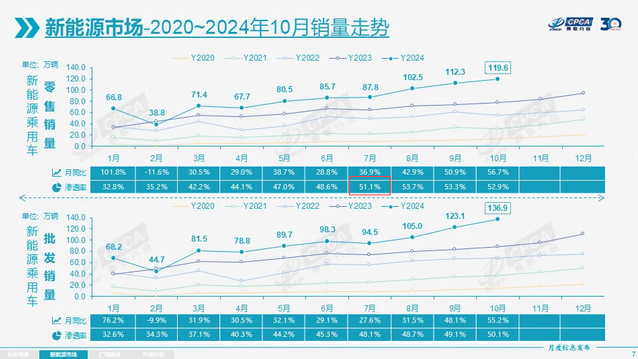“Electric vehicles are the future, but what if you don’t have a home charger? This guide answers all your questions.”
Introduction
As electric vehicles (EVs) gain popularity globally, many potential buyers face a common dilemma: Can I own an EV if I don’t have a home charging setup? While hybrids offer flexibility, pure EVs are increasingly appealing due to their environmental benefits and lower long-term costs. However, relying solely on public charging comes with challenges. This guide breaks down three critical considerations for EV ownership without home charging, backed by data and practical insights.
1. Public Charging Costs More Than Home Charging
Higher Electricity Rates
Public charging stations, especially in urban areas, are significantly more expensive than home charging. For example:
- Home charging averages $0.07 per kWh (based on residential electricity rates).
- Public fast chargers cost $0.20–$0.30 per kWh in cities like Shanghai or Beijing.
Annual Cost Comparison
A typical EV consumes 14 kWh per 100 km. Driving 15,000 km annually would cost:
- Home charging: $147/year (14 kWh/100 km × 15,000 km × $0.07/kWh).
- Public charging: $630/year (same calculation at $0.30/kWh).
Extra cost: $483/year, equivalent to a mid-range smartphone or a year’s parking fees in many cities.
Behavioral Shifts
EV owners often drive more due to lower perceived costs. Short trips (e.g., grocery runs) become more frequent, and road trips may replace trains for cost savings. This increases annual mileage, amplifying the cost gap between home and public charging.
2. Public Charging Stations May Require Waiting
Rising Demand Outpaces Infrastructure
China’s EV adoption is accelerating:
- 50% of new cars sold are EVs (up from 31.6% in 2023).
- Public charging stations grew 34.3% YoY in 2024, but the EV-to-charger ratio worsened to 13:1 (vs. the recommended 6:1).
Peak-Hour Congestion
Midday and evenings are busiest, overlapping with ride-hailing drivers recharging during breaks. Urban stations in cities like Shenzhen or Guangzhou often face queues, forcing drivers to wait 30+ minutes.
Regional Disparities
Chargers are concentrated in coastal provinces (e.g., Guangdong, Jiangsu), while rural areas lag. Highways are better covered (98% of service stations have chargers), but holiday travel still strains capacity.

3. Charging Logistics Add Time and Stress
Slow Chargers Are Impractical
EVs without fast-charging capability (e.g., some micro EVs) require 6–8 hours for a full charge, making public stations inconvenient.
Even Fast Charging Takes Time
A 20–80% charge at a 150 kW station takes 30 minutes, but factoring in travel to/from the station adds 15–20 minutes per session. Weekly charging for a 400 km-range EV means 3–4 hours monthly spent on charging errands.
Range Anxiety
Cold weather reduces range by 20–30%, forcing more frequent charges. Without home charging, drivers constantly monitor battery levels, worrying about delays or unexpected detours.
Bonus: Does Frequent Fast Charging Harm Batteries?
The Science Behind Fast Charging
Lithium-ion batteries degrade faster under high currents due to:
- Heat buildup: Accelerates chemical reactions, reducing electrolyte stability.
- Lithium plating: High-speed charging causes metallic lithium deposits, lowering capacity.
Real-World Impact
Studies show frequent fast charging (3+ times/month) reduces battery health by 0.1% annually vs. slow charging. After 80,000 km, fast-charged batteries lose 27% capacity vs. 23% for slow-charged ones.
Mitigation Strategies
- Limit fast charging to 20–80% battery levels.
- Use slow charging weekly to balance cell voltages.
- Avoid charging in extreme heat or cold.

Pre-Purchase Checklist for EV Buyers Without Home Charging
- Map Nearby Chargers: Use apps like PlugShare or local providers to identify stations near home/work.
- Test Peak Hours: Visit stations at different times to gauge wait times.
- Calculate Costs: Compare electricity rates and membership discounts (e.g., Tesla Supercharger plans).
- Consider Battery Tech: Opt for models with advanced thermal management (e.g., BYD’s Blade Battery, Tesla’s 4680 cells).
- Plan for Winter: Ensure your EV has a heat pump and pre-conditioning features to mitigate cold-weather range loss.

The Future of Public Charging
Government and Industry Initiatives
- China aims for 100% highway ultra-fast charger coverage by 2025, with stations rated at 600 kW.
- Battery-swapping networks (e.g., NIO’s 2,300+ stations) offer 3-minute swaps, reducing dependency on chargers.
Smart Solutions
- Mobile charging robots (deployed in Sichuan and Shenzhen) bring chargers to parked cars.
- Vehicle-to-Grid (V2G) tech lets EVs supply power back to the grid, earning credits during off-peak hours.

Conclusion
Owning an EV without home charging is feasible but requires planning. Weigh the higher costs, time investment, and infrastructure gaps against fuel savings and environmental benefits. As charging networks expand and battery tech improves, the trade-offs will diminish. For now, thorough research and adaptive habits are key to a seamless EV experience.
(Explore more EV guides under our “Electric Vehicles” or “Sustainability” sections.)
